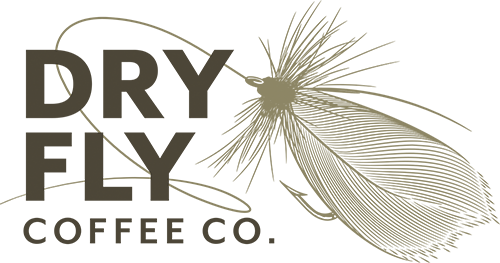Tools for making a great cup of coffee
A good burr grinder – a grinder allows for an even grind size, which reduced the amount of fine and coarse grinds in the mix. This creates an even extraction across the coffee bed. They vary greatly in price, but a basic manual grinder might be $40 and a top of the line domestic grinder might be $250.
A kitchen scale – generally, we throw scoops that come with brewers away. A scale is critical for consistently making a good cup of coffee. Roasting coffee and the level of roast (light to dark) and the country of origin dramatically affects the density (size and weight) of the beans. A scoop of a Brazilian and an Ethiopian coffee would vary significantly in weight and therefor create coffees of significantly different strengths. That’s why a scale removes this variability and allows for consistency in your coffee. Once you have it, you’ll use it all the time in the kitchen as well.
A gooseneck kettle – A gooseneck kettle (either electric or stovetop) allows for a consistent flow of water over the coffee bed. There are very technical books and papers about the kinetics of coffee extraction, but an easy rule of thumb is that you want to control the flow of water in to be slightly higher than the flow of coffee out to allow for proper extraction.
Good Quality Water – Coffee is mostly water (around 98%). Good quality water, the kind you would drink makes good tasting coffee. There are a whole lot of technical qualities, including minerality, pH and presence of chlorine that all impact how coffee tastes, with some people (including our shop) optimizing these qualities with treatment or filtration for the best coffee possible.











